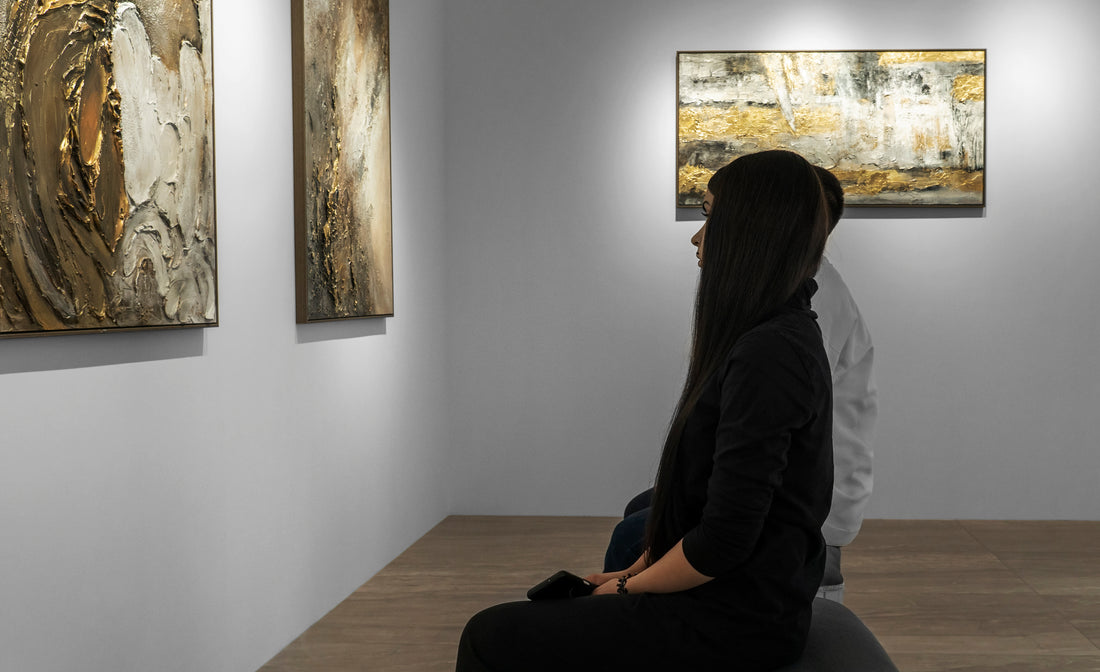Posted by Yuliya Gubanova
on May 10, 2023

An interesting historical fact relates to the Louvre Museum in Paris, France. The Louvre is one of the largest and most famous art museums in the world. However, not everyone knows that its history began as a fortress.
In the 11th century, a fortress built by King Philip II stood on the site of today's Louvre. For many centuries, the fortress served as protection for Parisians, but over time its importance changed.
In 1546, French King Francis I decided to convert the fortress into a residence and ordered the construction of a magnificent palace. Since then, the Louvre has become a symbol of royal power and splendor.
Later, the Louvre underwent many changes and expansions. It became a place for storing and exhibiting art when the royal painting collection was opened to the public in 1793.
Today, the Louvre houses over 38,000 works of art, from ancient sculptures to masterpieces such as Leonardo da Vinci's "Mona Lisa". The Louvre galleries attract millions of visitors every year and are a treasure of world culture.
This fact shows how the history and functions of a building can evolve over time, from a fortress to a magnificent art collection that fascinates and inspires people from all over the world.
In the 11th century, a fortress built by King Philip II stood on the site of today's Louvre. For many centuries, the fortress served as protection for Parisians, but over time its importance changed.
In 1546, French King Francis I decided to convert the fortress into a residence and ordered the construction of a magnificent palace. Since then, the Louvre has become a symbol of royal power and splendor.
Later, the Louvre underwent many changes and expansions. It became a place for storing and exhibiting art when the royal painting collection was opened to the public in 1793.
Today, the Louvre houses over 38,000 works of art, from ancient sculptures to masterpieces such as Leonardo da Vinci's "Mona Lisa". The Louvre galleries attract millions of visitors every year and are a treasure of world culture.
This fact shows how the history and functions of a building can evolve over time, from a fortress to a magnificent art collection that fascinates and inspires people from all over the world.

